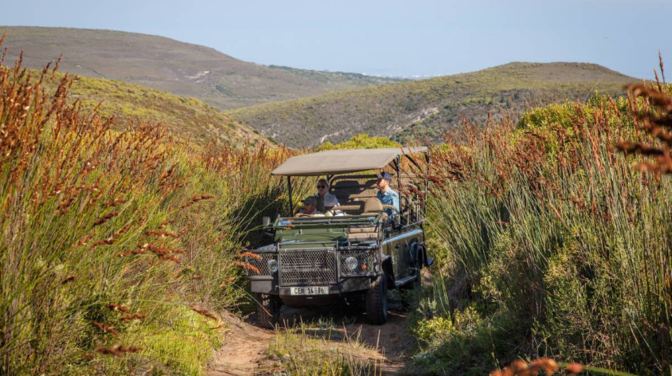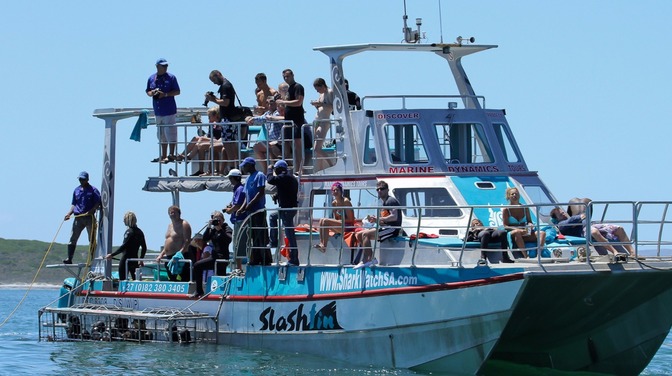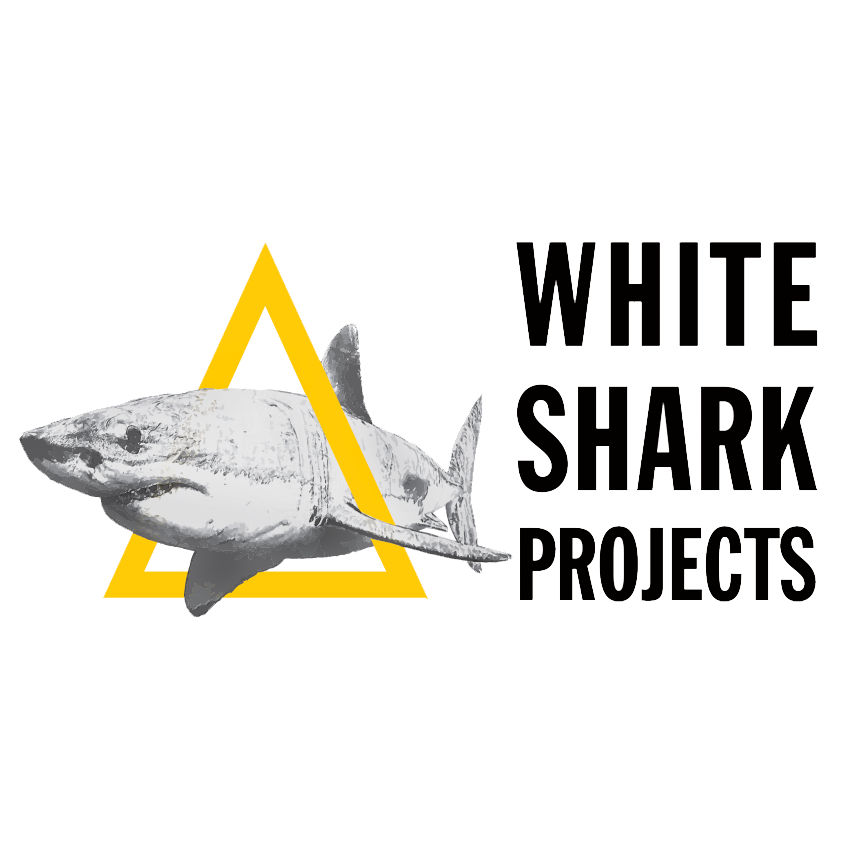On January 1st 2016, after an incredible December, white shark sightings began to slow down in Gansbaai. Cage diving operators are returning from sea reporting no sightings of white sharks despite extensive attempts to find them, for over a week. There are eight companies each trying different parts of the bay daily. Many speculative statements get thrown about whenever drops in the shark’s numbers occur. Therefore, we have attempted to address some real possibilities...
Seasonality: December, January and February are generally quieter months in terms of white shark numbers in Gansbaai. Even though viewing is possible year round the overall number of sightings per trip is usually the lowest. Tagging and boat based data show there are less white sharks around in Western Cape waters, particularly later in summer.
Environmental conditions: We are currently in the middle of a major ‘El Nino’ event, just looking at the floods in Europe and droughts elsewhere one can see that climate conditions are abnormal. As a result, ocean temperatures are warmer along many coasts. This may well alter the prey species distribution for white sharks and thus they follow them into other areas. Just last week Sun fish, Trevally and various other warm water species were reported in Gansbaai. We know the strength of climatic phase varies (ENSO index) which may influence white shark numbers and sexual composition significantly. Warmer water temperatures may be preferentially selected by female white sharks due to higher growth rate demands for breeding. Also rapid drops in water temperature can be thermally stressful for many species, in the space of three days sea surface temperature dropped from 19 °C to 11°C in Gansbaai!
Read more here

































